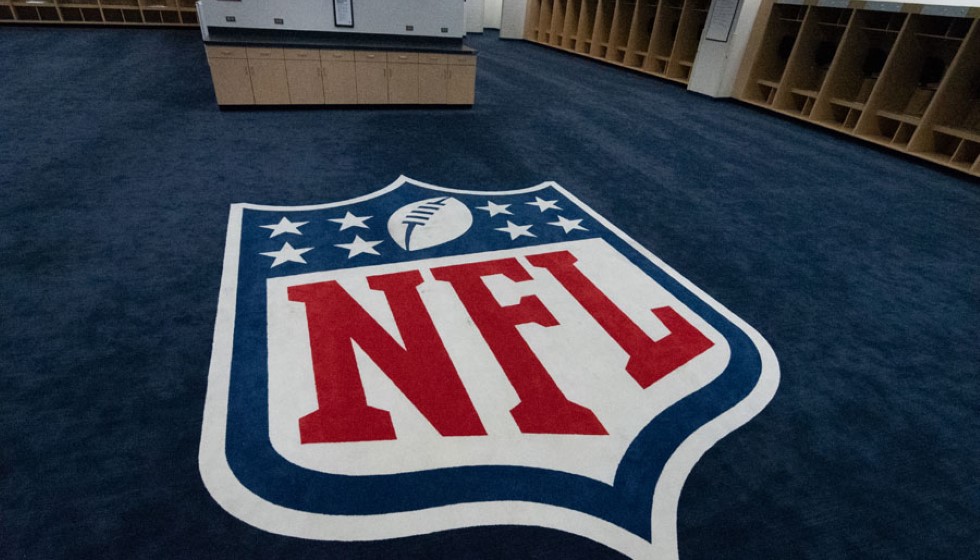
In a season that mirrors the storied past of the Dallas Cowboys, the 2024 team stands at a crossroads with a 3-5 record after nine weeks of play. The Cowboys faithful may experience a sense of déjà vu, recalling the 1971 season when the team was 3-5 before embarking on a transformative winning streak, culminating in a Super Bowl VI victory. This historical precedent offers a glimmer of hope to a team navigating injuries, trades, and the weight of expectation.
While wide receiver Jonathan Mingo may not carry the legacy of Roger Staubach, his recent acquisition by the Cowboys provides a spark amid uncertainty. Dallas traded a 2025 fourth-round pick and received both Mingo, a second-round pick in 2023, and a 2025 seventh-round selection from the Carolina Panthers. The move signals owner Jerry Jones's commitment to find immediate solutions and bolster the offensive lineup, especially critical as quarterback Dak Prescott struggles with a nagging hamstring injury.
Prescott's absence or limited capacity could be a setback for the Cowboys, who rely on his leadership and playmaking abilities. Yet, in these moments of adversity, the spotlight often shifts to the defense, where Micah Parsons shines as a beacon of hope in the 2023 season. Leading the league in quarterback pressures, Parsons is undeniably a key component of the Cowboys' defensive strategy.
Speculation surrounds Parsons and the possibility of trading him for a haul of draft picks, echoing the complex decisions confront teams in the NFL. However, the relationship between Jerry Jones and Micah Parsons is one of mutual trust and respect, making such a trade seem unlikely. Parsons recently shared insights into their bond: "Me and Jerry love each other. I always appreciate Jerry for giving me the opportunity to play in the NFL."
Parsons’s appreciation for Jones does not overshadow his understanding of the business nature of the league. "Honestly, it flatters me. But at the same time, there's always a business level," he remarked, acknowledging the ever-present possibility of roster changes even when personal relationships are strong. His encounters with Jones, both on and off the field, including a memorable one outside the Wynn hotel in Las Vegas, only strengthen their camaraderie. "He broke me down about life and football and how he sees the players, how he sees the team and where he wants to go with us," Parsons recounted, shedding light on the depth of their discussions.
The Cowboys' facility proudly displays a sign reading, "It's a privilege, not a right to wear the star," encapsulating the ethos of the franchise. This mantra resonates throughout the organization, from players to management, reinforcing the culture of excellence and unity. The sentiment is echoed by Parsons as he draws parallels between past triumphs and present challenges: "Staubach called me and was like, 'We were 3-5 and we still made a run.'"
Indeed, the belief in resilience and the possibility of a mid-season turnaround is not just a nostalgic hope but an integral part of the Cowboys’ identity. Parsons sums up this optimism, stating, "That gives Jerry his old school beliefs. When your owner believes in it, and he truly believes these are the right guys, that gives confidence into the guys in the locker room because your owner believes in you."
As the Cowboys progress through the remainder of the season, fan expectations remain high, especially with the historical precedent set decades ago. Jerry Jones's investment in both seasoned leaders and emerging talents like Jonathan Mingo showcases his unwavering commitment to the team’s success. While the road ahead is fraught with challenges, the convergence of strategy, belief, and historical reflection provides the Cowboys with a roadmap to potential redemption.